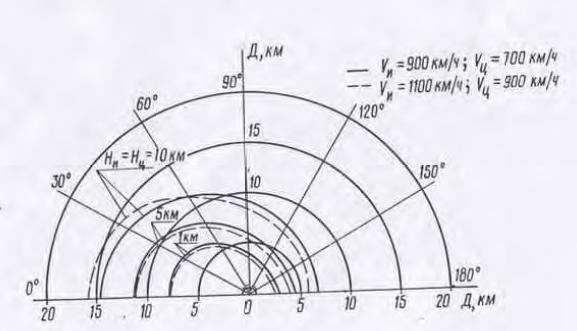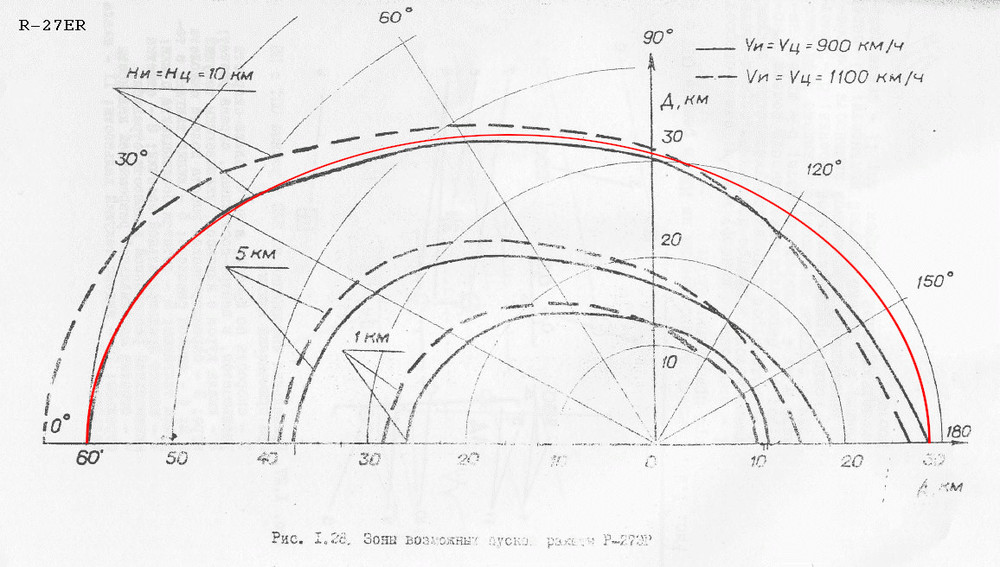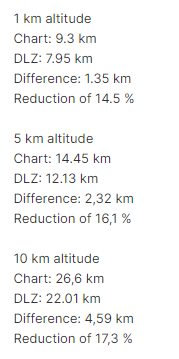-
Posts
939 -
Joined
-
Last visited
Content Type
Profiles
Forums
Events
Everything posted by BlackPixxel
-
Yes, DLZ does not show the full kinematic potential, it has a safety margin as pointed out here:
-
Found another chart (R-60MK) to debunk the myth that the launch range chart has to be shaped like an easteregg:
-
Didn't they only ran CFD for R-27R?
-
But would it not be so that the ranges for 0° and 180° are the most accurate, and everything in between is "interpolated" by hand?
-

Question about the optical sight stabilisation
BlackPixxel replied to BlackPixxel's topic in DCS: Mi-24P Hind
Nah, in German you don't call it "lenken" when you fly an aircraft. But a guided missile is a "Lenkflugkörper", "lenken" = guiding. -
Look at the 1 km for the 73. Far from normal.
-
Oh no, non-elliptical rear aspect. Chart is wrong. What? another non-elliptical rear aspect. Chart is wrong. Again? This chart is also wrong!!! Damn, this one is also wrong. This one too?? Russia WTF! all your charts are wrong!!! What is more likely, 5 charts being wrong or Chizh being right?
-
How do you think those charts were made? Do they test fire on flanking targets and check the range, and then estimate straight line performance based on that? Or would they rather test fire a straight line shot and then estimate the non-straight aspect angles based on that? Why would you think that the non-straight aspects are correct in the chart but not the most simple straight shot one?
-
@Chizh Could you run the rear aspect cases for 1, 5, and 10 km for R-27R and R-27T in the sim? Would be interesting to see how the sim differes from their charts. This should help to get a better understanding of chart vs sim.
-
Every single chart of R-27R, R-27T, R-27ER (both charts) and R-73 has this "error". So they are all wrong, lol.
-

Question about the optical sight stabilisation
BlackPixxel replied to BlackPixxel's topic in DCS: Mi-24P Hind
"maximale Winkelgeschwindigkeit der Visierlinie im Lenkprozess" means the maximum angular speed of the line of sight in the process of guiding a missile. -

Question about the optical sight stabilisation
BlackPixxel replied to BlackPixxel's topic in DCS: Mi-24P Hind
The 2.5 °/s is only when you are guiding ATGM, not related to stabilization capability. Propably so that you do not move so fast that the missile leaves the FOV of the thermal tracker, and to allow for a smooth flight of the missile -
And why must it be that your ellipse results in less overall range? Why must it always underperform? Because russian missile bad? Why do you never come to the idea that the ellipse could look like this:
-
Don't you read what I am writing?? I am saying 15% less in REAR HEMISHPERE. Which is what the HUD photo was about... EVERY SINGLE range chart of the russian missiles shows a curve that is not elliptical at the right side. So they are all wrong? To bad Chizh was not working for Vympel back then, otherwise they would have found this error.
-
In all rear hemisphere cases (1 km, 5 km, 10 km) the DLZ sim shows 15% less than the chart, so we can assume that the DLZ has some extra safety margin. The "errors" in the hand drawing of the chart can not result in the missiles having consistenty 15% more range in the chart than in the sim, in all three altitudes.
-
I compared rear hemisphere, the HUD photo shows rear hemisphere.
-
Look at your own posts and compare the range to the chart. Roughly 15% less each time.
-
DLZ sim shows about 15 % less than the chart.
-
Look at the number to the right that shows the elevation angle. It says 1. So the nose is already pointed above the horizon by 1°. The smallest of the three circles shows that the target is above the crosshair, so the elevation angle of the target is even higher. Note that the big circle does not show the location of the target in the real HUD. It instead is to be used like the ILS on landings. It shows the recommended flight path to get into the best position to engage the target. So in the HUD photo it wants the pilot to climb.
-
No, that is not the elevation indicator. It is the closure speed indicator. There are two lines in the lower part. The bottom one is zero closure, the upper one is the own speed. The arrow is pointing at the value of radial closure speed. For example: target in front aspect, the arrow will be above the own speed marker target notching, the arrow will point at the own speed marker target cold, the arrow will point below the own speed marker If the target is directly head on with the same speed as the own aircraft, then the arrow will point at a value twice as high as the own speed.
-
The target is above the boresight of the plane. Look for the smallest of the circles that indicates the antenna position, it is above the crosshair. The horizontal line in the top of the HUD is not the artificial horizon, it is the estimated time of flight of the missile until it hits the target (something we don't have in DSC). Radial speed of the target is about 60% or so of the own speed, as indicated by the small arrow on the bottom right. You will propably find out that when correctly recreating the scene from the HUD photo the missile in DCS will "overperform", but that is just because the DLZ in the real Su-27 shows less ranges than the charts as additional safety margin. The Su-27 DLZ simulator that Chizh has shows the same behaviour.
-
Aim-9M is missing the wobbly movement in DCS that would limit its kinematic performance a bit.
-

Question about the optical sight stabilisation
BlackPixxel replied to BlackPixxel's topic in DCS: Mi-24P Hind
It appears to be an issue caused by multicrew in multiplayer, as a result of the latency between both clients and the way the multicrew is implemented. So the best practice is to let the heli fly straight without touching controls when the gunner is guiding the Shturm.







